Diverse Product Offerings
The Duty-Free Retailing Market is characterized by a diverse range of product offerings, which appears to attract a broad customer base. Retailers are increasingly expanding their product lines to include not only traditional items like alcohol and tobacco but also luxury goods, cosmetics, and electronics. This diversification is crucial as it caters to the varying preferences of international travelers. In 2025, the market for duty-free cosmetics alone is projected to reach USD 12 billion, indicating a growing consumer interest in beauty products. By providing a wide array of choices, duty-free retailers can enhance customer satisfaction and potentially increase sales. This trend suggests that the ability to adapt product offerings to meet consumer demands is vital for success in the duty-free retailing landscape.
Growing Demand for Luxury Goods
The Duty-Free Retailing Market is witnessing a growing demand for luxury goods, which appears to be a significant driver of market growth. As disposable incomes rise in various regions, consumers are increasingly willing to spend on high-end products. In 2025, the luxury goods market is projected to reach USD 300 billion, with a considerable portion of this growth attributed to duty-free sales. Travelers often seek luxury items such as designer handbags, watches, and premium spirits at duty-free shops, where they can enjoy tax-free prices. This trend suggests that duty-free retailers who focus on luxury offerings may experience enhanced sales and customer loyalty. Additionally, the allure of exclusive products available only in duty-free stores could further entice consumers, driving growth in this segment.
Increasing International Travel
The Duty-Free Retailing Market appears to benefit from the ongoing rise in international travel. As more individuals embark on overseas journeys, the demand for duty-free products tends to increase. In 2025, it is estimated that international tourist arrivals will reach approximately 1.8 billion, which could significantly bolster sales in duty-free outlets. Travelers often seek luxury goods, cosmetics, and spirits at competitive prices, which duty-free retailers provide. This trend suggests that as travel becomes more accessible, the duty-free sector may experience substantial growth. Furthermore, the expansion of airports and the introduction of new routes could enhance the visibility and accessibility of duty-free shops, potentially leading to increased consumer spending in this market.
Expansion of Airport Infrastructure
The Duty-Free Retailing Market is likely to see a positive impact from the ongoing expansion of airport infrastructure. Many countries are investing in modernizing and enlarging their airports to accommodate the growing number of travelers. This expansion often includes the development of larger duty-free shopping areas, which can enhance the shopping experience for passengers. For instance, recent reports indicate that airport retail sales are projected to reach USD 40 billion by 2026, with a significant portion attributed to duty-free sales. Enhanced facilities and a wider range of products could attract more consumers, thereby driving sales in the duty-free sector. Additionally, improved airport amenities may encourage travelers to spend more time in duty-free shops, further boosting the market.
Technological Advancements in Retail
The Duty-Free Retailing Market is increasingly influenced by technological advancements that enhance the shopping experience. Innovations such as mobile payment systems, augmented reality, and personalized marketing strategies are becoming more prevalent in duty-free shops. These technologies not only streamline the purchasing process but also engage consumers in unique ways. For instance, the integration of mobile apps allows travelers to browse products and make purchases before arriving at the airport, potentially increasing sales. Furthermore, the use of data analytics can help retailers understand consumer behavior, enabling them to tailor their offerings more effectively. As technology continues to evolve, it is likely that duty-free retailers will adopt new solutions to improve customer engagement and drive sales.


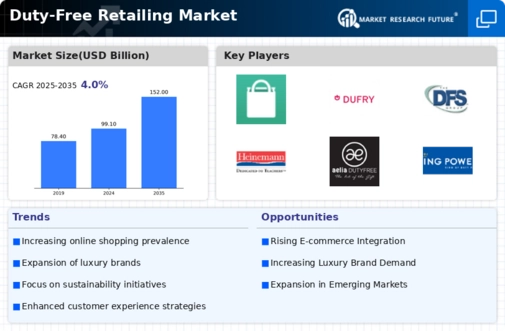
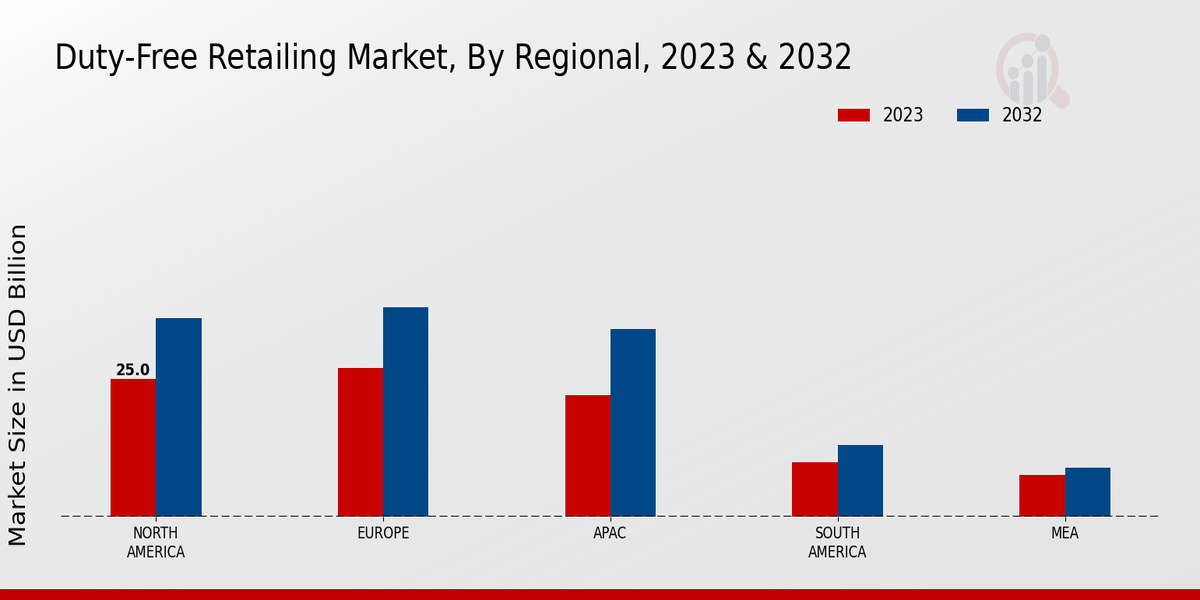
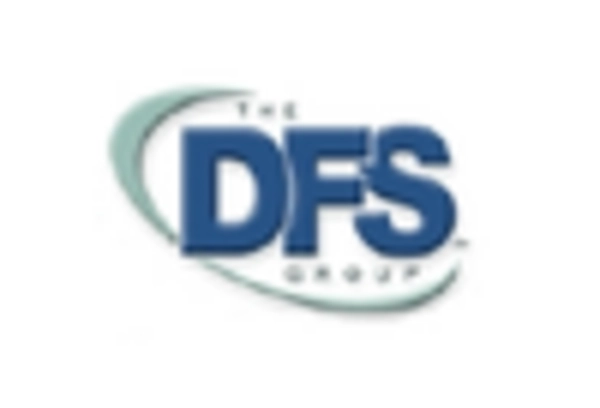
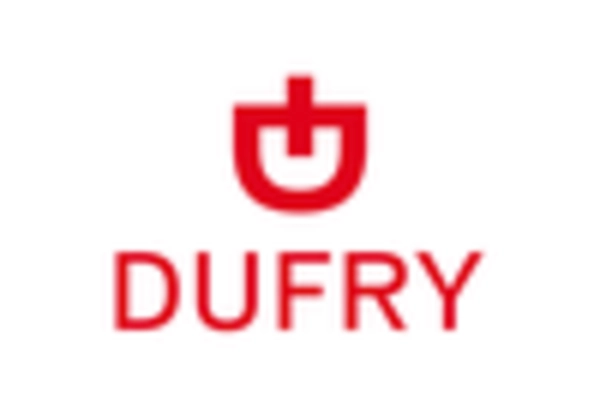

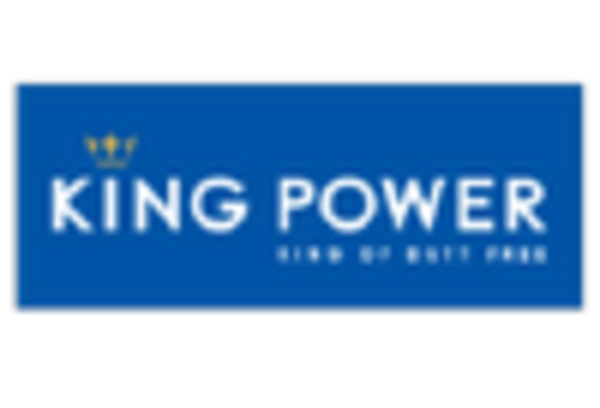
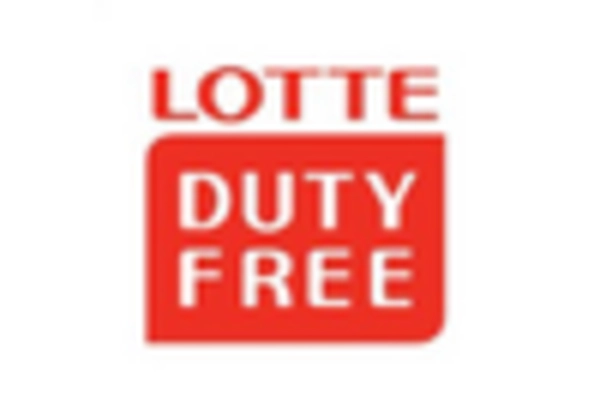
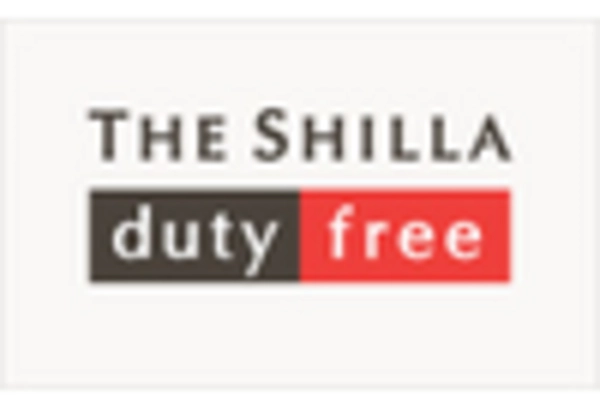








Leave a Comment